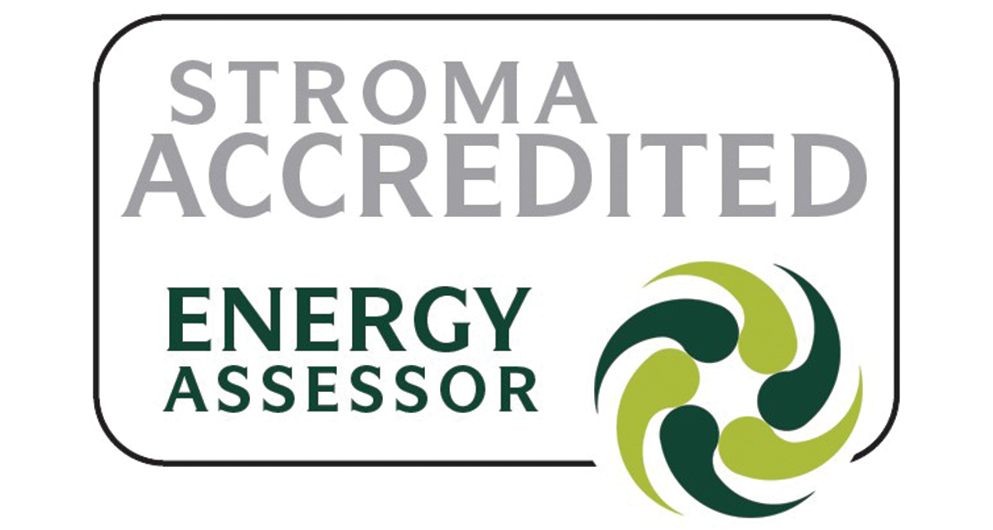





In today's world, where environmental concerns are at the forefront, commercial buildings play a crucial role in sustainable development. The energy consumption of these structures not only impacts operating costs but also has a significant environmental footprint.
To address these challenges, many commercial building owners are turning to renewable energy sources to reduce their dependency on fossil fuels and lower their carbon emissions.
This blog aims to explore various renewable energy options that can be implemented in commercial buildings, providing a sustainable approach to Energy Performance Certificate (EPC) improvement.
An Energy Performance Certificate (EPC) is a legal requirement for commercial buildings that rates its energy efficiency on a scale from A (most efficient) to G (least efficient).
Improving the EPC rating not only signifies lower energy consumption but also enhances the building's overall value and marketability. Therefore, businesses are increasingly seeking ways to optimize their EPC ratings and minimize their environmental impact.
Solar power is one of the most popular renewable energy options for commercial buildings. Photovoltaic (PV) panels, installed on the building's roof or facade, convert sunlight into electricity.
For commercial buildings located in areas with consistent wind patterns, wind energy can be a viable option. Wind turbines convert kinetic energy from the wind into electricity, which can be used to power the building's operations.
Geothermal energy harnesses the natural heat stored within the Earth's crust to provide heating, cooling, and electricity for commercial buildings. Geothermal systems consist of heat pumps that transfer heat between the building and the ground.
Biomass energy involves the use of organic materials such as wood, agricultural residues, and organic waste to generate heat and electricity. Biomass can be burned directly or converted into biogas or biofuels for energy production.
For commercial buildings situated near rivers or streams, hydropower can be a viable renewable energy option. It involves harnessing the energy of flowing water to generate electricity through turbines.
Renewable energy sources, such as solar and wind, are intermittent in nature, meaning they rely on weather conditions. Energy storage solutions, like batteries, play a crucial role in ensuring a stable power supply throughout the day.
As businesses become more conscious of their environmental impact and the importance of energy efficiency, renewable energy options for commercial buildings are gaining popularity.
Implementing solar power, wind energy, geothermal energy, biomass, hydropower, and energy storage solutions can not only improve the Energy Performance Certificate (EPC) ratings but also contribute to a sustainable and greener future.
By embracing renewable energy technologies, commercial buildings can lead the way in reducing greenhouse gas emissions and promoting a more environmentally responsible approach to energy consumption.





